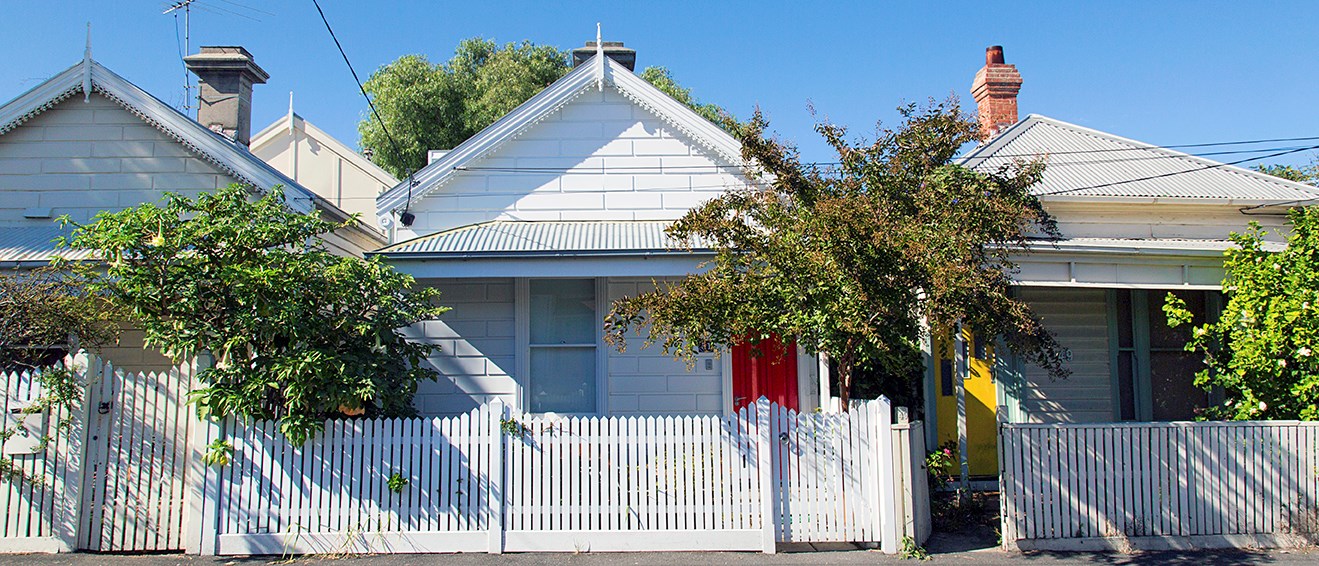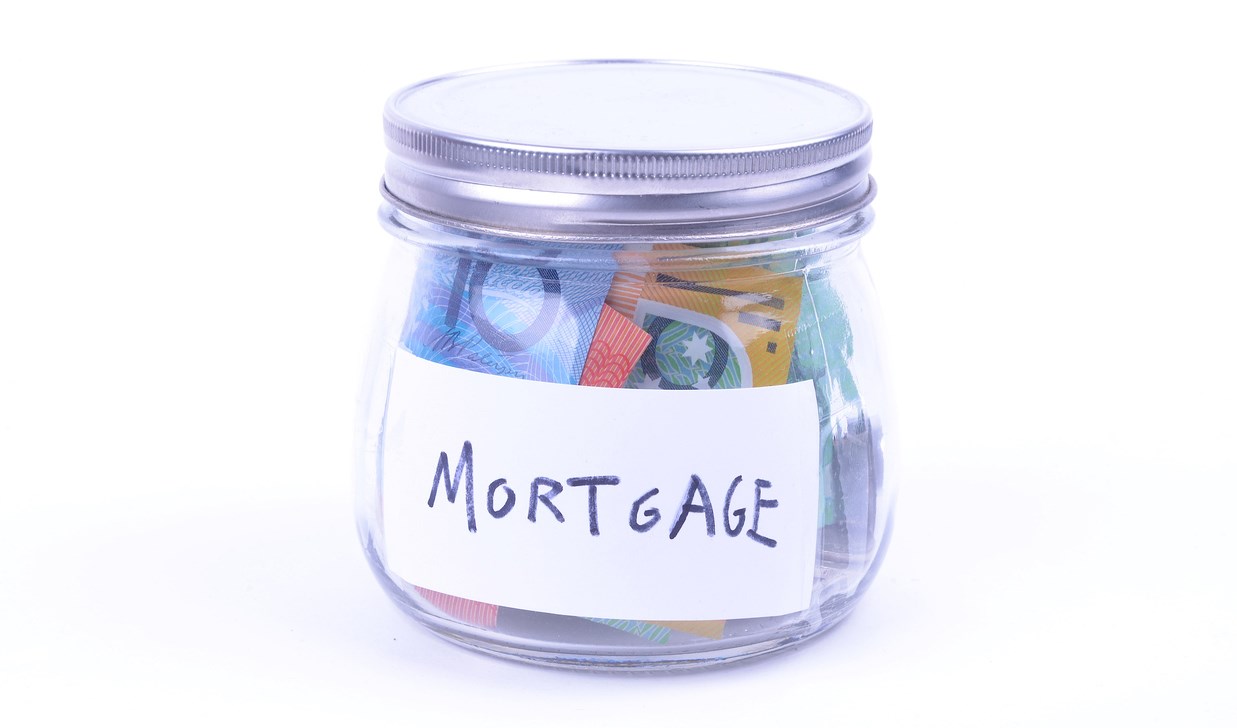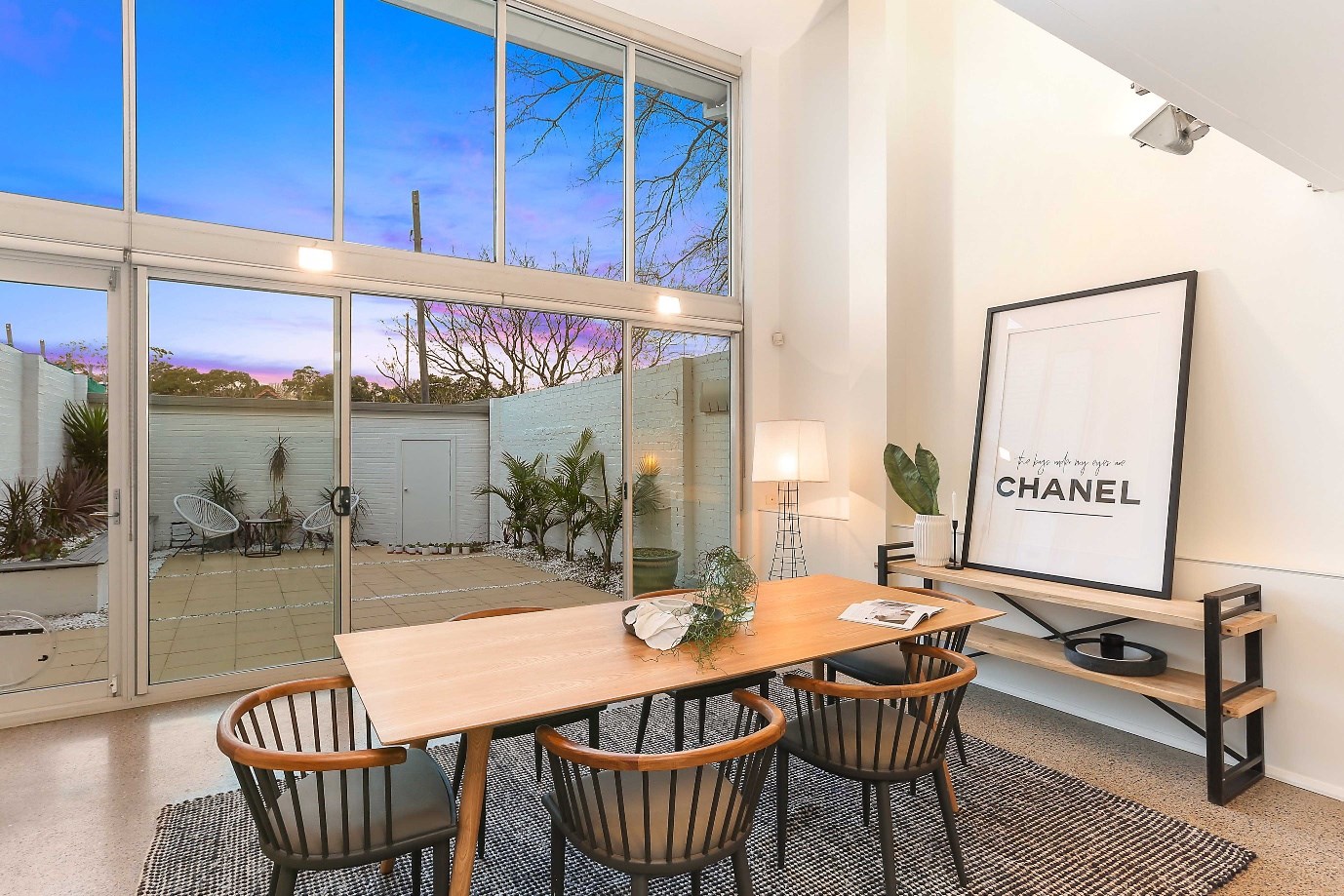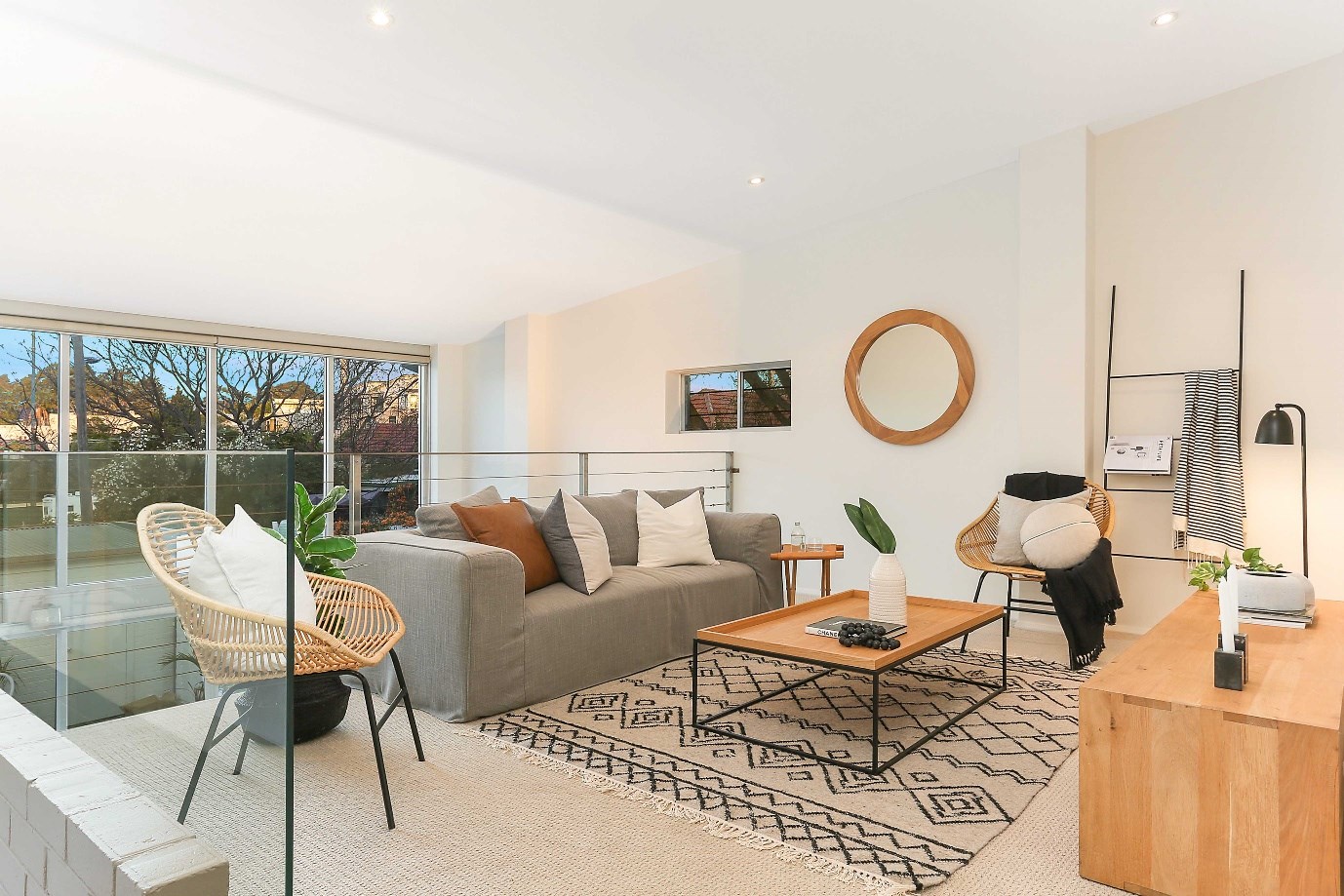The new super fund turning
young Australians into
property investors
If you’re in your
twenties or thirties and
your parents have owned
property for most of
your life, it’s
likely they’re
sitting on a treasure
chest. One you’re
very jealous of.
That’s because the
property is likely worth a lot
more now than when they bought it.
“You can buy a house
too – just eat out and
travel less,” they say,
“Scrimping is worth
it!”
But while it
wasn’t easy for
them to save for a property,
it’s a whole lot harder to
do in 2018.
During the late
eighties house prices and wages
grew at about the same rate,
lasting until the late nineties.
But post-2000, wages stagnated and
house prices skyrocketed. This
report on the wage and house price
gap by the Grattan Institute is
sober reading.
In case you needed
more evidence of how hard it is
for young people to jump on the
property ladder, Australia’s
five biggest cities still have
“severely
unaffordable” housing
markets according to CoreLogic,
despite recent price falls.
So
what’s a youngster to do?
How does one get the fiscal
benefits of owning a house in a
day and age when jumping on the
property ladder is difficult?
After
all, as an investment, property
should remain strong given factors
like population booms in places
like Melbourne and Sydney, while
property
still outperforms other ways to
grow your cash
despite price hikes this
millennium.
Grant Brits, a
former investment banker and
Olympic swimmer, wanted to provide
a way for young people to taste
the potential investment return of
property. It lead him to starting
Superestate
– a superannuation fund
which unlike others, puts a lot of
capital into residential
housing.
“Even if you
don’t have savings everyone
who has had a job has a little pot
of money that they’ve
probably almost forgotten
about,” Brits says.
“We thought
‘Can we use this money to
invest it wisely into something
that people like and understand
and can see a long term
benefit?’”
“You
get the financial benefits of
having a property but you also
don’t need to worry about
the maintenance or tenant
headaches that come with
it.”
Superestate
launched a couple of months ago
with one property in Sydney, but
aim to have two or three more in
other capital cities by the end of
2018.
Investors pick whether
their money is 25 per cent or 50
per cent exposed to property, and
the rest of it is invested in
traditional superannuation spots
like share portfolios.
Superestate
members are kept in the loop about
property acquisitions, such as
this enviable three bedder
in Sydney’s Stanmore –
the first purchased by the fund in
June this year.
Like any good
investor, Brits is eager to
diversify.
“We bought
Superestate’s first house in
Sydney, and before we buy another
in Sydney, we think we want to
have at least a house in every
other major Australian city
first,” he says.
The
strategy makes sense, given the
variation between state property
markets at any given time.
“The
major city housing markets in
Australia are all very
different,” he explains.
“So exposing the
investments to different markets
is important.”
It
also means that Superestate
members, unlike traditional home
owners, won’t be exposed to
the whims of just one
state’s property market.
It’s one way
young Australians may be able to
have their avocados and eat them,
too.
|







